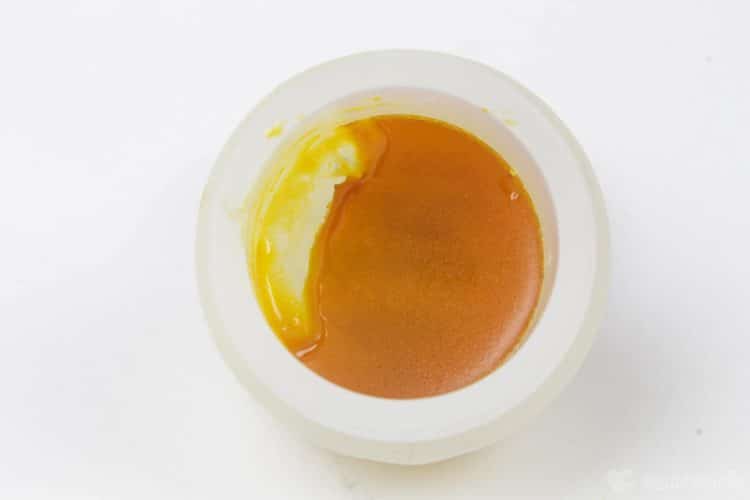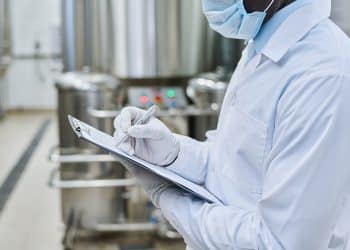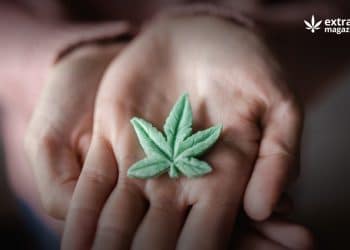The many techniques of properly extracting botanical matter and cannabis in order to produce concentrate extracts and oil continue to expand. However, there are several different, always-reliable, solvent-based techniques to combine biomass with a particular solvent in order to create a the desired end product. Maintaining proper temperature ranges during all of these types of processes will make it easier to reap the rewards of a successful extraction and even previous cultivation of your botanical materials.
Supercritical CO2 extracton
Supercritical CO2 extraction is certainly an advantage for terpene preservation, ease-of-use, non-toxicity, and non-flammability just to name a few. In a supercritical state, liquid and gas are homogeneous – in the case of CO2, the critical temperature range to achieve this is 87.5 – 88°F [1].
Furthermore, efficient post-extraction winterization continues to remove fats, waxes, and lipids and is reached at temperatures below and within the range of -4°F – 112°F as the most-ideal temperature to keep the matter exposed to. This winterization is achieved in conjunction with various types of freezers and dry ice for at least 24 hours, or courtesy of an approach that utilizes more-advanced techniques and chillers involving various cryogenic liquids [2].
The low molecular weight of butane and propane make them both another go-to for botanical extractors looking to utilize low temperatures in order to achieve maximum terpene retention within a vast amount of different types of full-spectrum extracts. Butane reaches it’s boiling point at 31°F, while propane does the same at -43.6°F. Extracting within the correct temperature ranges with these solvents more-times-than-not ensures a much higher throughput and larger end-product yields [3].
The high-throughput cold ethanol extraction method is another popular choice for botanical extractors that need to work through an unending amount of biomass. Chilled ethanol within a freezing environment like a cold room, freezer, or reactor reaches winterization at and within a range of -4°F – 112°F, similar to supercritical CO2 extraction [3].
Once extracted, post processing is conducted via applications such as the maceration or soxhlet methods and their ability to continue to purge impurities via automated mechanisms such as rotovaps or falling film evaporators. These devices achieve further purging by maintaining the vapor temperature of ethanol at around 171°F. Distillates and isolates are typically produced using this method.
Implementing the proper equipment to give the proper temperature output needed for any desired extraction method is a vital step to ensure success. By maintaining the proper, steady temperatures and ranges for solvent-based extraction – regardless of your chosen method – not only are purity and yield going to be maximally-optimized, but your time and effort put in will be as well.
References
[1] Herrero M, Mendiola JA, Cifuentes A, Ibáñez E. Supercritical fluid extraction: Recent advances and applications. J Chromatography. 2010 Apr 16;1217(16):2495-511. doi: 10.1016/j.chroma.2009.12.019. [journal impact factor = 4.79; times cited = 713]
[2] Julabo.us.“The Cannabis Workflow and Temperature Control” https://www.coleparmer.ca/tech-article/cannabis-workflow-temperature-control.2019.
[3] Lazarjani MP, Young O, Kebede L, Seyfoddin A. Processing and extraction methods of medicinal cannabis: a narrative review.J Cannabis Res. 2021;3(1):32. doi:10.1186/s42238-021-00087-9.[journal impact factor = 5.8; times cited = 3]












